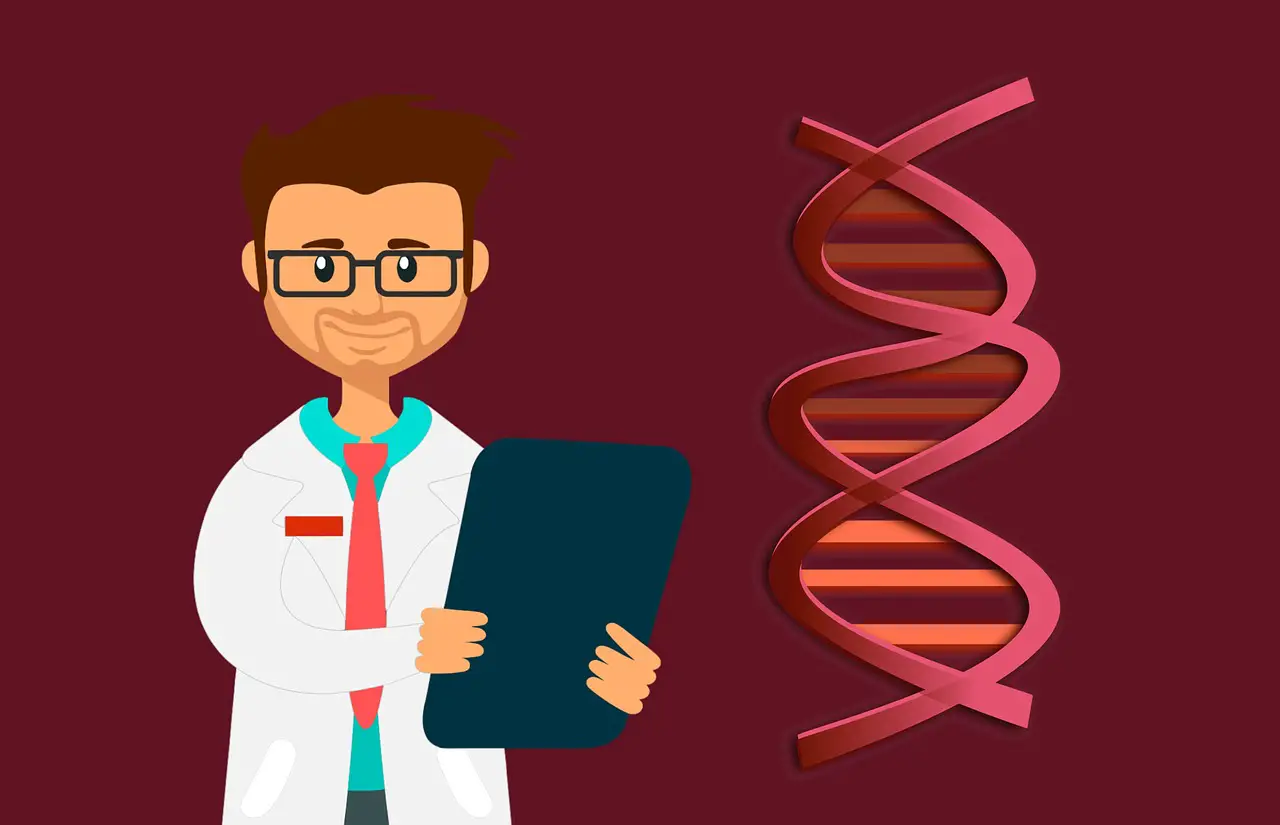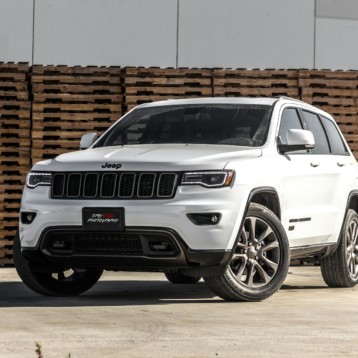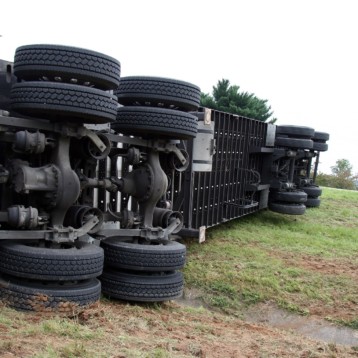
Whether you’re looking to learn more about your family tree or get a unique insight into your health, odds are there’s a DNA test out there for you.
With DNA tests continuing to grow in popularity, it can be hard to establish what exactly these tests offer. DNA Testing Choice, specialists in the comparison of home DNA tests independently review over 25 different types of kits but how exactly do these tests work? Here, we explore the technology behind home DNA testing kits.
Testing companies read your DNA
First, the DNA is extracted from the saliva sample you have provided. Just 0.5% of saliva is made from cells holding your genetic information. This sample is placed in a container which passes through a series of robots. DNA is extracted via a number of processes which include exposing the sample to chemicals and spinning it at over 10,000 rpm.
This is then copied up to a thousand times through a process called PCR (Polymerase Chain Reaction), using free DNA bases and the DNA polymerase enzyme. Through cycles of heating and cooling, double helix DNA molecules are split into two so free bases can bond according to their complimentary pairing (adenine with thymine, and cytosine with guanine). As a result, both individual strands become DNA molecules identical to the original.
Testing providers then add the DNA sample to a chip which specifically examines your autosomal DNA—the 22 out of the 23 chromosomes that do not determine biological sex—as opposed to the entire strand. The company then locates variants in the genetic sequence called single-nucleotide polymorphism (SNPs), which are responsible for characteristics such as skin color and hair texture.
The chip is heated in a process called hybridization which binds manufactured DNA to your DNA. This means your inherited SNPs and their location in the genome can be identified.
This process is approximately 99.9% accurate, though there is still potential for plenty of errors. Direct-to-consumer tests only examine a small section of DNA as opposed to the entire genome, however, this equates to approximately 700,000 SNPs and therefore up to 700 possible mistakes.
Your genes are compared to the DNA of previous customers
By comparing your SNPs to previous client DNA stored in the company database, estimations can be made about a variety of topics such as ancestry and susceptibility to certain diseases. These genetic comparisons require plenty of computational power using statistical analytical tools which work to store and process both big and sparse data. Such software ultimately reduces the time it takes to process DNA results.
After the DNA is converted into a raw data file, computer programs will look for a number of consecutive SNPs also found in a previous customer in the database. It can then be inferred that the two share a DNA segment at that particular part of their genomes. A company would attempt to determine whether you have any Asian ancestry, for example, by comparing your DNA sequence to that of other customers with Asian genealogy. The more similarities there are, the more Asian ancestry you’re likely to have.
However, as all companies are working from their own unique databases, this means you could receive different results from each provider.
Computer programs use algorithms to assign relevant percentages
Each DNA testing company will examine your raw DNA data using its own specific algorithms.
Robin Smith, head of 23andMe’s ancestry program, has explained that the algorithms work by taking small pieces of DNA and comparing each section to the reference data. All the pieces will be compared against every single geographical location 23andMe tests for, then the algorithm provides a probability for where every section of DNA came from. Therefore, if you are 32% Scandinavian, this means approximately 32% of your DNA was found most likely to come from the database’s ‘Scandinavian’ group.
Ultimately, these algorithms arrange ancestors in different ways to reach a similar variation of your SNPs. The DNA test results you receive will, therefore, illustrate percentages showing the best-fitting combination of ethnicities according to the particular SNPs you display.
However, this technology has its limits, especially when you consider the very close genetic similarities between certain populations. For instance, a computer could easily claim a customer has English rather than Irish ancestors as there is such little difference between the two. Additionally, these algorithms are being applied to the company’s specific database. In the case of health DNA tests, each provider could give you different percentages for Parkinson’s susceptibility which wholly depends on the genes of those previously tested.
To maximize accuracy, it’s best to go with a testing provider with the biggest database to compare your DNA with. AncestryDNA currently has the largest consumer DNA network, with 10 million customers in its database. It’s also important to remember that not all DNA tests offer the same services, so choose a company specializing in what you’re looking for. MyHeritage is a good option for ancestry and 23andMe for health, though there are many other providers offering everything from personal genetic-based fitness plans to dog DNA tests.
With this understanding of the technology behind DNA testing kits, it will now be much easier to make sense of your own results.










